Homeboy Industries, a nonprofit gang intervention program, is hosting a virtual car wash campaign to raise $10 million for the L.A.-based organization.
The concept behind the project came from the use of car washes to raise money in local neighborhoods.
“In our community, when tragedy strikes, when there is an unexpected financial need, people come together for a car wash,” the Homeboy Industries site said.
The organization is hoping to get 1 million people involved, asking participants to donate $10 to help fundraise for Homeboy Industries and their efforts to create jobs and a safe haven.
So far, the Web site that is hosting the virtual car wash has reported that 2,995 people have donated.
Video credit: Homeboy Industries
Photo credit: Creative Commons









.jpg) Once the home of silent film stars and burgeoning banking and mining typhoons, the graceful streets of the West Adams neighborhood have lost their prestige. But they have not lost their architectural wealth.
Once the home of silent film stars and burgeoning banking and mining typhoons, the graceful streets of the West Adams neighborhood have lost their prestige. But they have not lost their architectural wealth..jpg) Among its many architectural styles are Transitional Arts and Crafts, Craftsman Bungalow and Mission Revival.
Among its many architectural styles are Transitional Arts and Crafts, Craftsman Bungalow and Mission Revival.
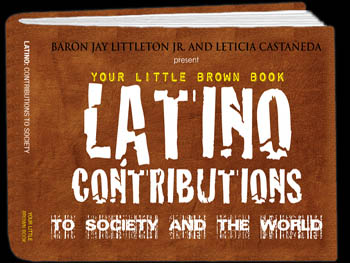 His latest book release is titled, “Your Little Brown Book,” which highlights Latino contributions to society and the world.
His latest book release is titled, “Your Little Brown Book,” which highlights Latino contributions to society and the world.
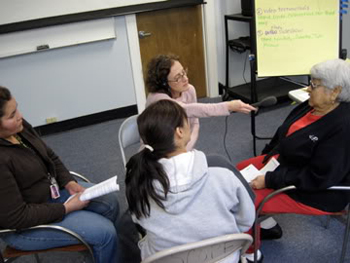 During a workshop on community reporting, hosted by
During a workshop on community reporting, hosted by 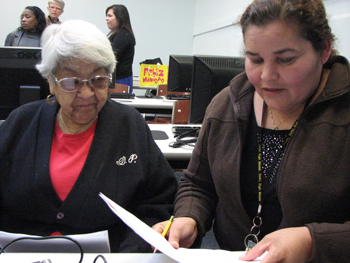 Maria Dubon, Paz Jaen and Elsa Anaya
Maria Dubon, Paz Jaen and Elsa Anaya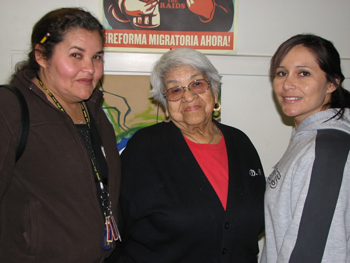 All workshops are free, and equipment is provided. Are you a media professional and can offer your time to help run a workshop? Are you a journalism student who would like to volunteer? Are you a community leader who would like to see more stories being told about your neighborhood? Contact us:
All workshops are free, and equipment is provided. Are you a media professional and can offer your time to help run a workshop? Are you a journalism student who would like to volunteer? Are you a community leader who would like to see more stories being told about your neighborhood? Contact us:  By Mariela Martinez
By Mariela Martinez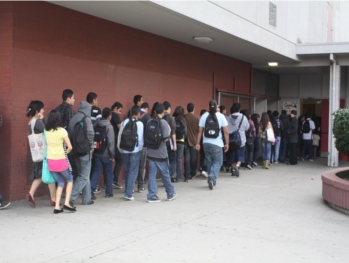 By Susana Valencia
By Susana Valencia




